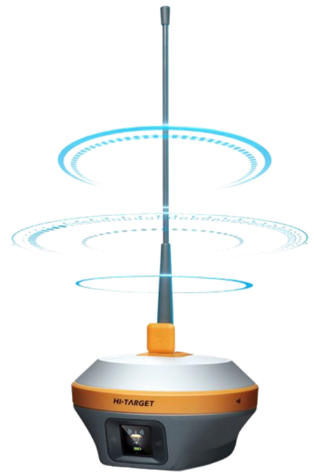Thank you for your interest in Hi-Target. We will contact you soon.
Constantly Innovating To Improve GNSS RTK Data Collection
Constantly innovating to improve GNSS RTK data collection
Niki Wong
Through the GNSS technology development, geographic data collection methods have also gradually improved. Real-time Kinematic (RTK) technology is frequently used in the topographic surveying, construction engineering and more. However, due to the hardware foundation of RTK data acquisition, the GNSS RTK receiver seems to have come to a halt in terms of development. The challenge of changing the homogenization and environment restriction is by breaking through traditions with technology innovation.
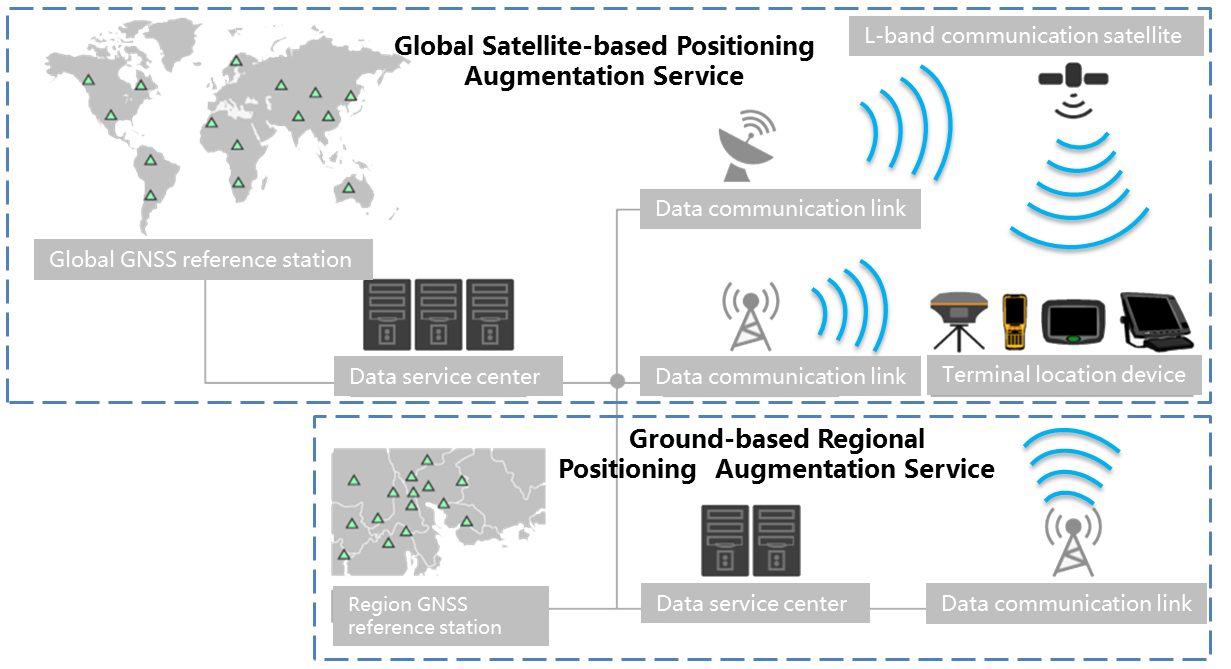
Hi-RTP Global Service System
|
Test times |
Collection points number |
PPP service fixed rate |
Vertical(m) |
Horizontal(m) |
|
-2σ~2σ(95.5%) |
-2σ~2σ(95.5%) |
|||
|
1 |
23377 |
99.24% |
0.056 |
0.023 |
|
2 |
23450 |
99.66% |
0.058 |
0.024 |
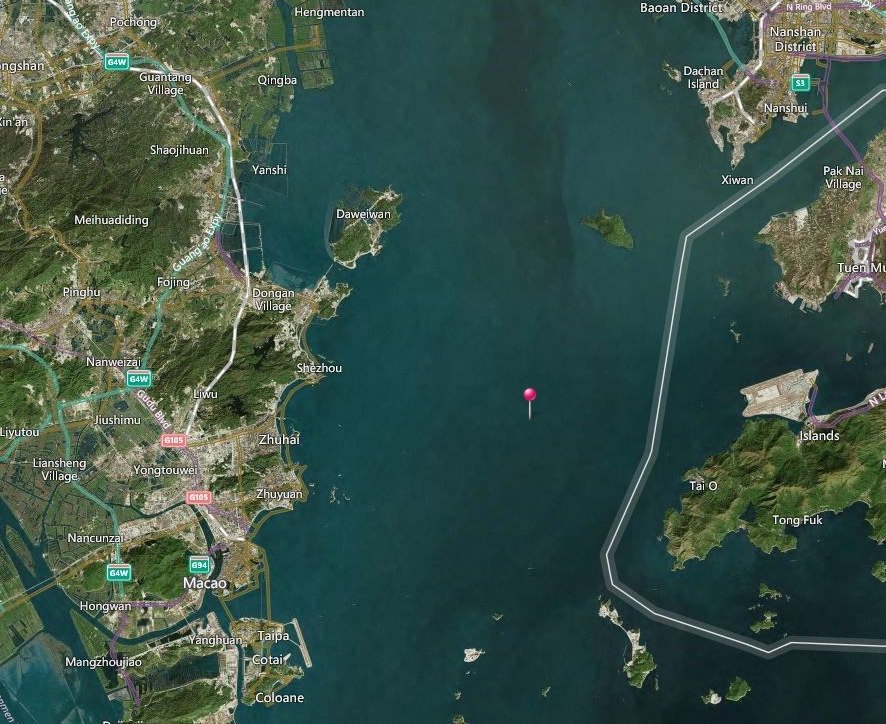
Hi-RTP Service Test Site
Moreover, in the heavily sheltered environments, such as under tree canopy, signals of the GNSS RTK receivers are often unstable, thus the accuracy will be bad and may occur slip points. Therefore, the algorithm to improve the accuracy is particularly important. A new technique called quasi-dynamic measurement technology solves this problem. It is a self-developed technology of the iRTK5 GNSS RTK system, which greatly improves the surveying accuracy in the harsh environment through specific algorithms.
The most common situation that users will encounter is the need to measure corner points. As corner points are difficult to reach, the horizontal status of the GNSS RTK receiver is not guaranteed. With this in mind, the tilt survey method is needed more than ever. By optimizing the tilt survey correction algorithm, the procedure can boost efficient field work and minimize down time. This method is more practical and widely used in many engineering projects.
Limited Operating Range
When the measurement area is too large, people often worry that the operable range of the GNSS RTK receivers is unable to meet field working requirements. Thus, sustainable improving technologies of the radio, antenna, network and remote operation give ideas for solving this problem.
The multi-protocol built-in radio has become a universal compatibility requirement of the GNSS RTK receivers. With the omnidirectional antenna, the transmission distance can be greatly improved as seen in the iRTK5. The difference from traditional designs, it puts the omnidirectional antenna on top of the receiver, which increase the transmitting and receiving range more than 20% further.
iRTK5 Omnidirectional Antenna
|
Dist. to the base station |
Traditional receiver |
iRTK5 |
|
4 km |
Continuously fixed |
Continuously fixed |
|
6 km |
Occasionally fixed, unstable |
Continuously fixed |
Table 3 Field Fixed Time Test
|
Environment |
Traditional receiver's fixed time |
iRTK5's fixed time |
|
At the foot of the mountain |
65s |
48s |
|
In the forest |
110s |
60s |
The popularity of the CORS (continuously operating reference stations) network technology has also made the network RTK technology more popular. With the local CORS network, it’s no longer limited to the traditional radio transmission mode. Most countries and regions have gradually entered the era of 4G networks. Full band support for the cellular mobile network (LTE, WCDMA, EDGE, GPRS, GSM) of GNSS RTK receivers can be helpful to the communication.
Furthermore, traditional GNSS RTK receivers barely support remote operations, but now, online firmware updates of receivers make people no longer dependent on the office and PC. And the built-in Web UI management system for real-time controlling and configuration makes the receiver operation more convenient.
Industrial-level Experience Needs
Does the industrial-level experience mean monotony? Absolutely wrong! Technology is used for innovation, it’s a means of improving the work efficiency and quality of life. Engineering projects applications are inseparable from the easy-to-use and reliable GNSS RTK receivers.
With touch screen smart phones being widely present in today’s everchanging landscape, Hi-Target integrating touch screens in the GNSS RTK receiver. iRTK5 is a case of this technology application. It contains one industrial OLED color touch screen for quick settings and status checking, making the field work more intuitive and convenient. In addition, the smart battery system supports quick charge and battery status indicating, users can estimate the working time and reduce work interruptions with greater battery capacity.
Intelligent Applications Bring the Better User Experience
Besides the good user experience of GNSS RTK receivers, reliable RTK engines and algorithms are also essential. Full constellations and multi-channels of the advanced GNSS motherboard has become the trend of GNSS RTK receiver engine development. More and more signals and data are applied to the GNSS algorithm, the processing speed and signal tracking capability will be stronger. Even in harsh environments, users can get a better experience than using traditional products.
Light weight, anti-drop, corrosion resistance and anti-interference have become the standard of industrial protection. Specific standardized designs and accessories are necessary to ensure the reliability of the field data collection. Details often determine the success or failure of one industrial-level GNSS RTK receiver.
GNSS RTK data collection modes won’t be invariable. With the innovation and development of technology, the receiver-based data acquisition will be on a new way. Technology will change our daily life continuously.
Every once in a while, a new technology, an old problem, and a big idea turn into an innovation. —— Dean Kamen
The Author
Niki Wong, the product manager of Hi-Target International Group Limited, specialized in RTK related solutions and marketing.
 DISTRIBUIDOR CERCANO
DISTRIBUIDOR CERCANO PARTNER CENTER
PARTNER CENTER
 MENÚ
MENÚ
 Español
Español
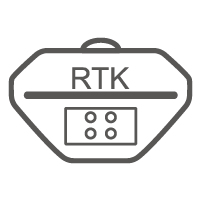 GNSS RTK
GNSS RTK Óptico
Óptico GIS
GIS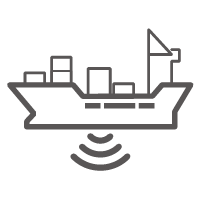 Hidrografía & Oceanografía
Hidrografía & Oceanografía CORS & Posicionamiento Preciso
CORS & Posicionamiento Preciso Software
Software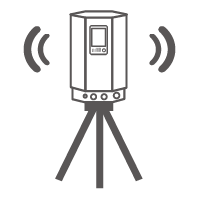 Laser & MMS
Laser & MMS UAV
UAV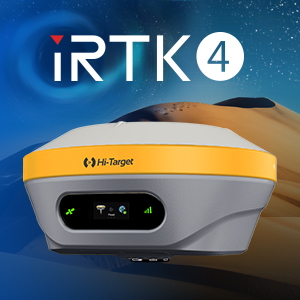
 Infraestructura GNSS
Infraestructura GNSS Posicionamiento en el Interior
Posicionamiento en el Interior Conducción Automática
Conducción Automática Monitoreo Automático
Monitoreo Automático Control de Máquinaria
Control de Máquinaria Agricultura de Precisión
Agricultura de Precisión Equipos UAV de Precisión
Equipos UAV de Precisión Mapeo Móvil
Mapeo Móvil Antena GNSS
Antena GNSS
 Topografía & Ingeniería
Topografía & Ingeniería Sistema de Información Geográfica
Sistema de Información Geográfica Escaneo 3D & Mapeo Aéreo
Escaneo 3D & Mapeo Aéreo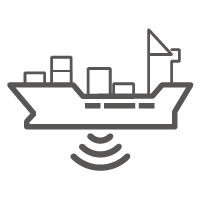 Producto Marino
Producto Marino Servicio de Corrección Global
Servicio de Corrección Global
 Partner Center
Partner Center FAQ
FAQ
 Próximos Eventos
Próximos Eventos Noticias
Noticias Boletín Informativo
Boletín Informativo Webinar
Webinar
 Acerca de Nosotros
Acerca de Nosotros Distribuidores Cercanos
Distribuidores Cercanos Enviar una Cotización
Enviar una Cotización Socios Estratégicos
Socios Estratégicos Únase a Nosotros
Únase a Nosotros Hágase Socio
Hágase Socio
 2020-11-13
2020-11-13